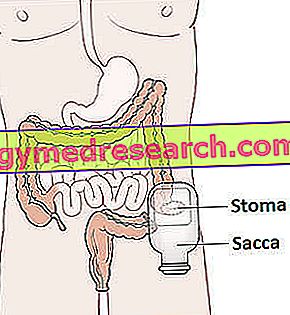Vanadium [V]: chemical element with atomic number 23; it is an element that is found in metals, consequently it is used in metallurgy for the production of alloys.

Research has shown that the administration of Vanadium compounds can alleviate the symptoms of diabetes mellitus in a manner comparable to that of Chromium. It is however worth mentioning that:
- the metal Vanadium is not biologically active
- the Vanadium ion possesses a potential inhibitor of some phosphatases (in particular: phosphotyrosin-phosphatase or PTPs) and also acts by inhibiting the deactivation of the insulin receptor
- the peroxy-vanadate ion has pro-oxidoreductive properties.
The effectiveness of Vanadium could find application in the treatment of diabetes mellitus, thanks to the peculiar hypoglycemic effect; the specific pharmacological mechanism is based on the optimization of the endogenous insulin action, favored by the increase in tissue sensitivity even at low hormonal levels. On the other hand, the results of the experiments are dose-dependent and obtained with high pharmacological concentrations that CANNOT be achieved in chronic treatment, due to the TOXIC POTENTIAL of the active ingredient.
To date, the only certainty is that Vanadium does not act in a global manner, but rather SELECTIVE by optimizing the insulin action, while it is not proven that its metabolic efficacy may depend on an insulin-mimetic mechanism.
There are no RDAs for Vanadium and the deficiency has not been described in humans; it is supposed to lead to high levels of blood triglycerides and cholesterol and increase susceptibility to diseases such as heart cancer. A daily intake of 10 - 100 µg is probably sufficient to offset the need for Vanadium.
Vanadium supplements
Vanadium is contained at low concentrations in various foods such as radishes, wheat, black pepper, dill, parsley and shellfish. Its reduced (but more than sufficient) food availability has been readily exploited by some dietary supplement brands, which have marketed it in the form of Vanadylsulfate [VOSO 4 ].
The absorption of additional Vanadium is scarce (less than 5%) and most of it is excreted in the faeces; absorbed vanadium is excreted in the urine in the form of complexes, both high and low molecular weight, and a certain amount can be expelled through the bile.
On the label of some of these over-the-counter products it is indicated that Vanadylsulfate INCREASES THE PLASMATIC LEVELS OF INSULIN, consequently increases the physiological anabolic potential, but from what is reported above (therefore in the literature) Vanadium SELFLY facilitates the mechanism of this hormone, with the least probability (unproven) that it also performs some insulin-mimetic function. This suggests that the effectiveness declared by the aforementioned companies is completely unjustified.
In the event that the consumer decides to undertake a Vanadylsulfate-based test cycle, he should do so AWARE that:
the positive effects on insulin metabolism, following the administration of Vanadium, are justified by VERY HIGH PHARMACOLOGICAL ADMINISTRATIONS THAT MAY CAUSE TOXIC SIDE EFFECTS.
Among these possible toxic effects deriving from the reckless Vanadium-based supplement are: nausea, stomach pain, diarrhea, increased cholesterol, liver dysfunction, kidney damage, hypoglycemia, leukopenia, developmental delay and loss of appetite;
NB insulin-dependent and immune-compromised diabetic patients must NOT absolutely use Vanadium-based products.
Undesirable drug interactions with
- Warfarin and Coumadin: coagulation difficulties
- Hypoglycemic drugs such as Aspirin and Exubera: increase of the negative effect on glycemic homeostasis.
Bibliography:
- Mechanism of Vanadium action: insulin-mimetic or insulin-enhancing agent? [Can J Physiol Pharmacol 2000 Oct; 78 (10): 829-47]
- Vanadium and diabetes: pancreatic and peripheral insulinomimetic properties - [Ann Pharm Fr 2000 Oct; 58 (5): 531]
- Effect of vanadium on regional brain glucose utilization in rats - Marfaing-Jallat P, Penicaud L. [Physiol Behav. 1993 Aug; 54 (2): 407-9]
- Inhibition of gluconeogenesis by vanadium and metformin in kidney-cortex tubules isolated from control and diabetic rabbits - Kiersztan A et al. - [Biochem Pharmacol. 2002 Apr 1; 63 (7): 1371-82].



